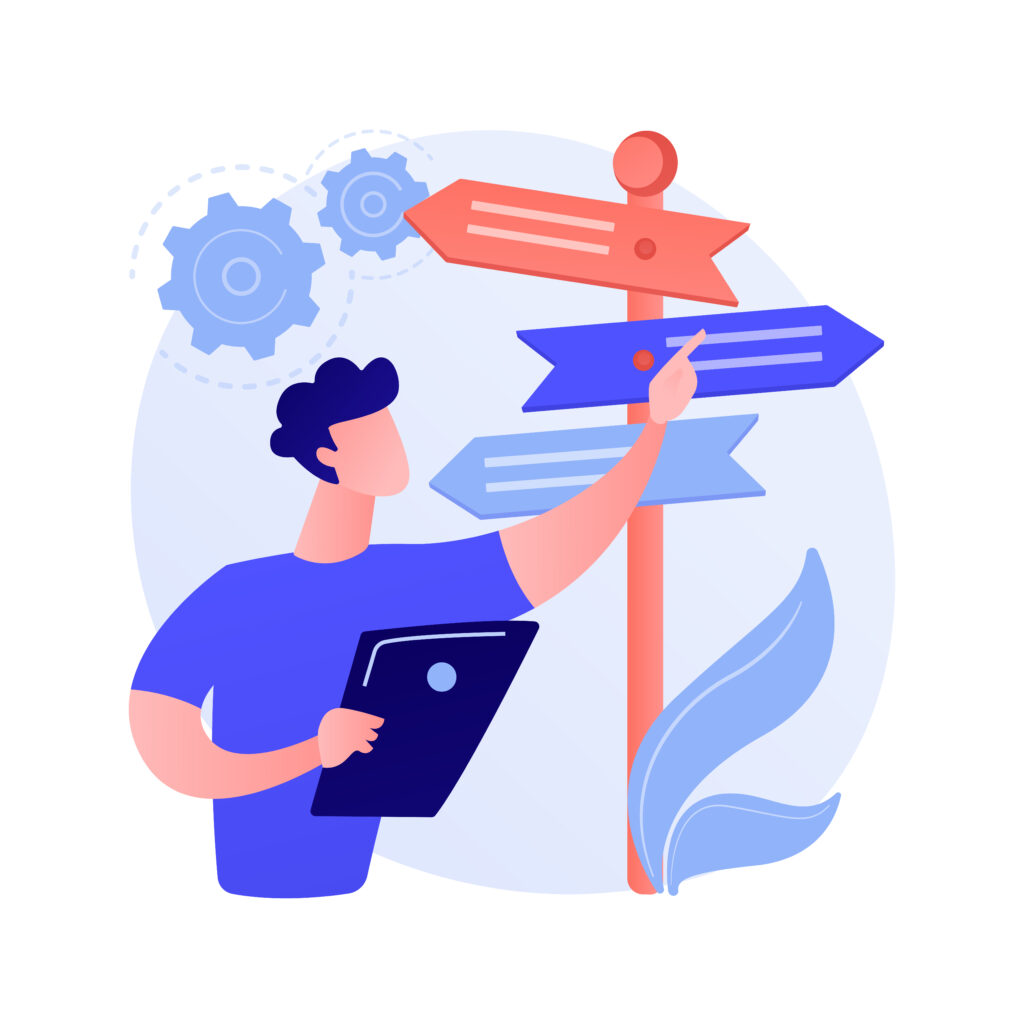ADDIE Design Model: Implementation
go.ncsu.edu/readext?1080605
en Español / em Português
El inglés es el idioma de control de esta página. En la medida en que haya algún conflicto entre la traducción al inglés y la traducción, el inglés prevalece.
Al hacer clic en el enlace de traducción se activa un servicio de traducción gratuito para convertir la página al español. Al igual que con cualquier traducción por Internet, la conversión no es sensible al contexto y puede que no traduzca el texto en su significado original. NC State Extension no garantiza la exactitud del texto traducido. Por favor, tenga en cuenta que algunas aplicaciones y/o servicios pueden no funcionar como se espera cuando se traducen.
Português
Inglês é o idioma de controle desta página. Na medida que haja algum conflito entre o texto original em Inglês e a tradução, o Inglês prevalece.
Ao clicar no link de tradução, um serviço gratuito de tradução será ativado para converter a página para o Português. Como em qualquer tradução pela internet, a conversão não é sensivel ao contexto e pode não ocorrer a tradução para o significado orginal. O serviço de Extensão da Carolina do Norte (NC State Extension) não garante a exatidão do texto traduzido. Por favor, observe que algumas funções ou serviços podem não funcionar como esperado após a tradução.
English
English is the controlling language of this page. To the extent there is any conflict between the English text and the translation, English controls.
Clicking on the translation link activates a free translation service to convert the page to Spanish. As with any Internet translation, the conversion is not context-sensitive and may not translate the text to its original meaning. NC State Extension does not guarantee the accuracy of the translated text. Please note that some applications and/or services may not function as expected when translated.
Collapse ▲
The implementation phase of the ADDIE Design Model is where all the planning comes to life — it’s when the course is delivered to learners through teacher-led sessions, online platforms, or a mix of both. The goal is to ensure the content reaches the right people in a smooth, engaging, and effective way.
A key part of this phase is preparing instructors or facilitators. They need to feel confident with the content, delivery methods, and assessment tools to guide learners successfully. Proper training helps create a meaningful learning experience.
It’s also essential to set up the necessary technical tools, like a learning management system (LMS), to ensure everything runs smoothly.
Clear communication is vital. Learners should know what to expect, when sessions happen, and how to access materials — whether through handouts or digital resources. Staying attentive to learner engagement and addressing issues quickly makes a big difference. For example, in an agriculture-focused course, implementation might include fun hands-on workshops, systematic online modules, and collaborative projects — all supported by responsive guidance throughout!


